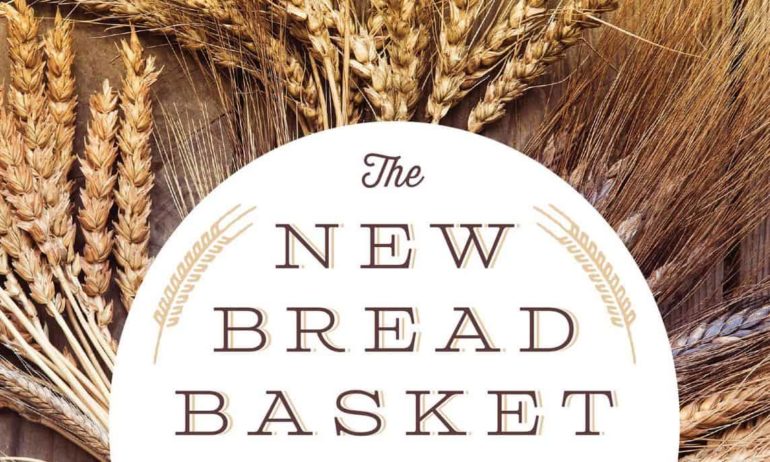Amy Halloran, the author of The New Bread Basket, How the New Crop of Grain Growers, Plant Breeders, Millers, Maltsters, Bakers, Brewers, and Local Food Activists Are Redefining Our Daily Loaf, engrains the need to make foundational crops visible again.
Halloran’s review of the current state of bread in America is a digestible mix of research, data, and history. This is a perfect summer read for those interested in the local grain movement and community-based food systems.
Through Halloran’s storytelling, she introduces readers to individuals around the world who are leavened by grain practices from over 100 years ago. These individuals are reestablishing the farmer-miller-baker relationships and revitalizing pre-industrial bread and beer development.
The interesting thing about grains, Halloran points out, is that they need a transformation to become foodstuffs. For example, a farmer needs a miller and a miller needs a baker. A brewer needs a maltster. When these individuals are seen stepping away from the commodity system, mills and malt houses continue to be established.
In the midst of a generational angst regarding grains and health, Halloran proposes a thought that might turn grains back into a positive baker’s percentage. What if the issue is not the grain that has been present for approximately 32,000 years, but the current process of it? Halloran questions how this crop went from being a major energy source to near alienation of its nutrients. She suggests that the mass production and the push of grain growing have made the vulnerability of the crop to the whims nature completely absent. She concludes that there is a lost relationship that once made bread shorthand for the communion and interdependence of being alive.
Halloran does not leave the reader without potential solutions. She provides multiple examples of individuals who have participated in growing, harvesting, threshing, and milling their product. While this does not provide a cure for the diet-related concerns seen related to with grains, it does provide an opportunity for farms to exist outside of the commodity system and an opportunity to repair the system.
Moving forward, Halloran recommends:
- Purchase local bread made with milled flour from locally grown grains
- Encourage your brewer to seek non-commodity malt
Halloran says, “I see the book as a project to make the work of food visible. Feeding each other and ourselves is a huge undertaking, even if we are just shopping and making food for our families. It is so easy to take eating for granted. I am especially fascinated by what it takes to get grains from the ground to the mill and to me. I hope that my fascination draws people to be curious about this work, also.”













